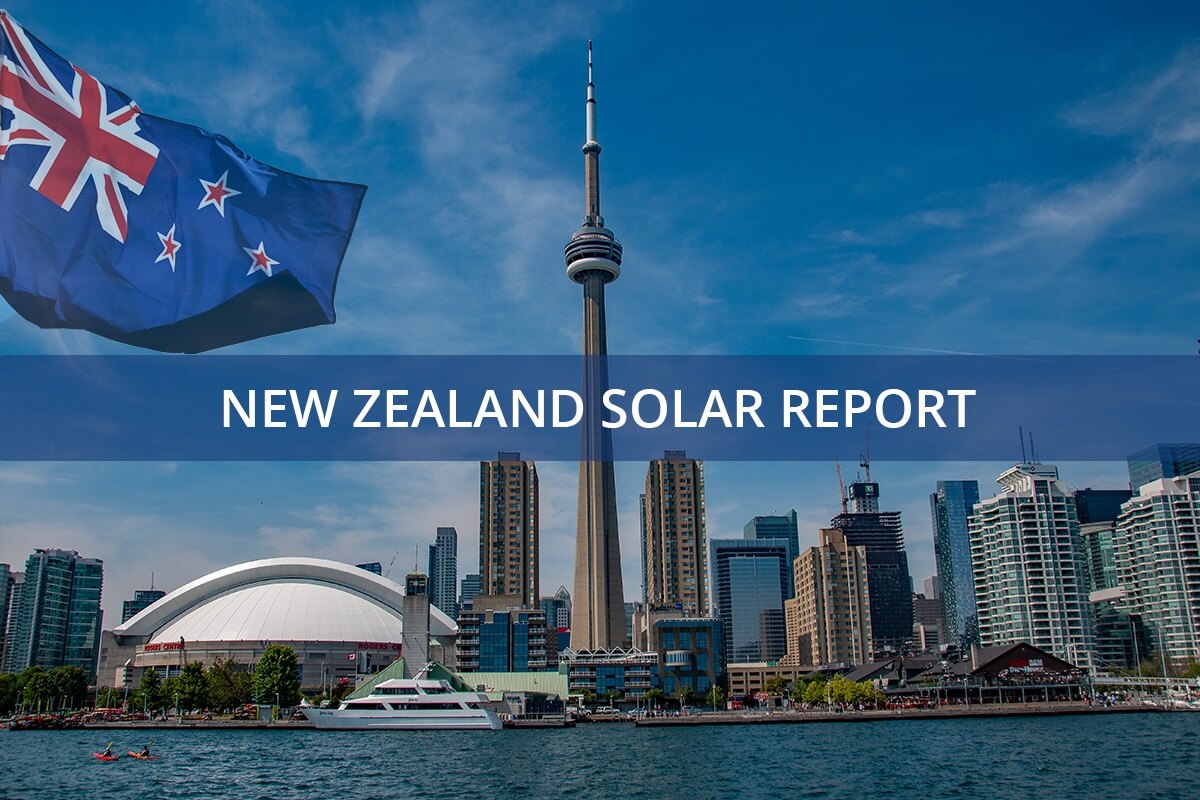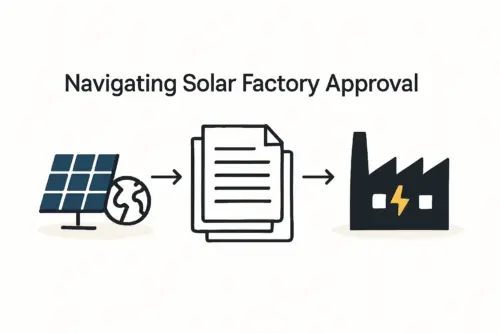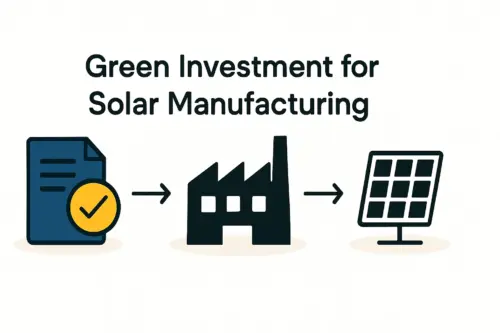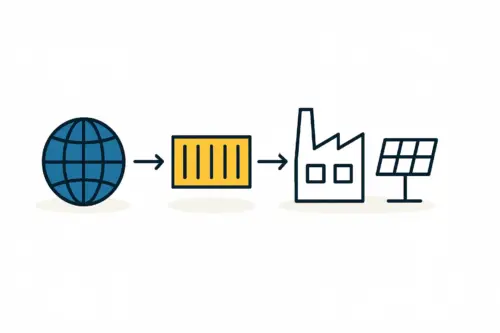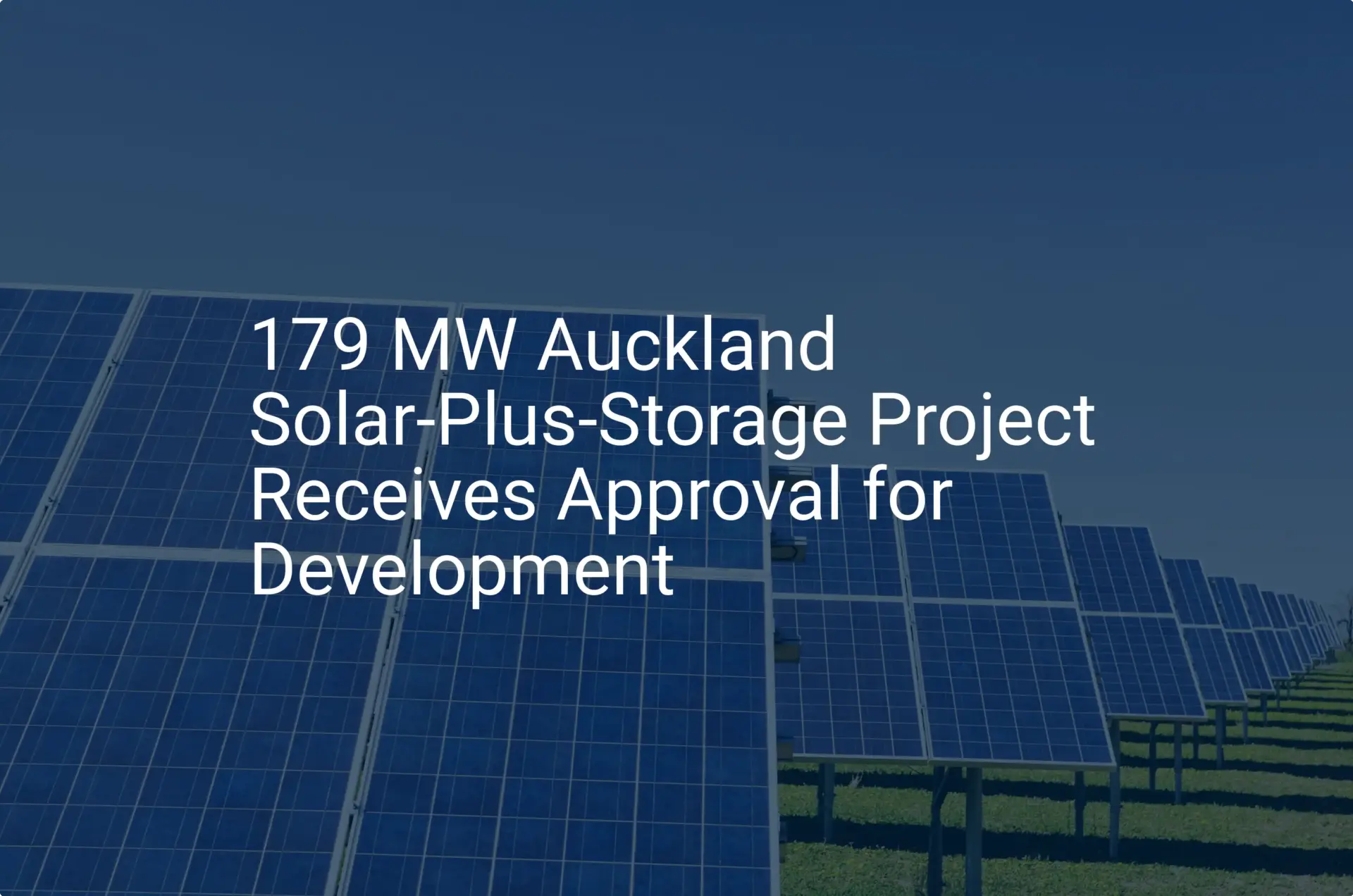While large-scale utility farms often dominate global solar markets, a powerful opportunity lies in aligning solar technology with a nation’s core economic strengths. For New Zealand, where the agricultural sector is a cornerstone of the economy, the most strategic entry into solar manufacturing may not be competing on standard products, but serving a specialized, high-value domestic need: Agri-Photovoltaics (Agri-PV).
This analysis explores the business case for establishing a local manufacturing facility in New Zealand focused on bifacial and Agri-PV modules, examining how such an enterprise could address unique local demands, mitigate supply chain risks, and support national energy objectives.
New Zealand’s Energy Landscape: A Strategic Opening
New Zealand has set ambitious renewable energy targets, aiming for 90% renewable electricity by 2025 and aspiring to 100% by 2030. While hydropower is the traditional backbone of its renewable supply, solar energy is poised for significant growth to meet rising demand and diversify the energy mix.
A key challenge, however, is land use. With the nation’s agricultural sector occupying roughly 40% of the total land area, a potential conflict exists between energy generation and food production. This tension creates a compelling business opportunity for a specialized approach to solar technology.
What is Agri-PV? A Dual-Use Solution
Agri-PV, or agrivoltaics, is the practice of co-locating solar power generation and agricultural activities on the same land. Instead of choosing between a field for crops and a field for solar panels, this model allows for both. Solar modules are typically mounted on elevated structures, allowing farming activities—such as grazing livestock or growing certain crops—to continue underneath.
The benefits extend beyond simple dual land use:
-
Crop Protection: The modules can shield crops from excessive sun, hail, and wind, which can improve the quality and yield of certain plants.
-
Water Conservation: Reduced sun exposure on the soil leads to lower evaporation rates, preserving soil moisture and reducing irrigation needs—a significant advantage in water-scarce regions.
-
Stable Microclimates: The structures can create more stable growing conditions, protecting against temperature extremes.
For a nation like New Zealand, with its extensive pastoral and horticultural land, Agri-PV offers a path to increase renewable energy capacity without compromising its vital agricultural industry.
Ready to make big Profits?
The solar Industry is Booming
WE HELP NEWCOMERS to the solar industry start their own solar module production line. Customers can make BIG PROFITS by selling modules and finding investors, without wasting money and time on things they don't need!
Why Bifacial Modules are the Key Technology
Standard solar modules are monofacial, meaning they only capture sunlight on their top surface. Bifacial modules, however, are designed with transparent backsheets or dual-glass construction, enabling them to capture sunlight from both the front and the back.
In an Agri-PV setup, this technology is particularly effective. Sunlight that passes between the elevated modules reflects off the ground and crops below, and the rear side of the bifacial modules captures this reflected light (known as albedo). This can increase total energy yield by 5% to 20% compared to monofacial modules in the same environment, making the entire project more economically viable.

The Case for Local Manufacturing in New Zealand
While it may seem practical to import standard modules, a local manufacturing facility offers distinct competitive advantages tailored to the New Zealand market.
Addressing Unique Environmental Challenges
New Zealand’s environment presents specific challenges for standard solar modules, which are often designed for different climates.
-
High UV Radiation: The country experiences intense ultraviolet radiation, which can accelerate the degradation of materials used in standard modules, such as backsheets and encapsulants.
-
Salt Mist Corrosion: For the significant portion of agricultural land near the coast, salt mist poses a high risk of corrosion to module frames and electrical components.
A local factory could produce modules engineered to withstand these conditions, for example, by using dual-glass construction and corrosion-resistant materials. This specialization results in a premium product with a longer lifespan and greater reliability in the local context. Experience from J.v.G. turnkey projects confirms that such module customization is a key factor for long-term project success and bankability.
Overcoming Supply Chain Vulnerabilities
Relying solely on imported solar modules exposes New Zealand to global supply chain disruptions, shipping delays, and currency fluctuations. The COVID-19 pandemic highlighted the fragility of long-distance supply chains. A domestic production facility ensures a stable supply of modules critical for national energy security and allows for greater control over quality and delivery timelines.
Economic and Strategic Advantages
Establishing a local manufacturing plant stimulates the economy by creating skilled jobs in engineering, manufacturing, and quality assurance. It also fosters a domestic ecosystem of suppliers and service providers. A domestic facility also positions New Zealand as a leader in innovative, sustainable agriculture, enhancing its brand on the global stage. Understanding the business framework is the first step; a detailed overview is available in A Step-by-Step Guide to Starting a Solar Module Factory.
Initial Investment and Planning
Starting a solar module factory does not necessarily require a multi-billion dollar investment. A small to medium-sized facility (e.g., 20–50 MW annual capacity) can be established with a focused business plan. Such an operation is well-suited to serve niche markets like Agri-PV, where customization and quality are more important than sheer volume. Entrepreneurs interested in this venture should begin by assessing the typical investment costs for a solar module factory and understanding the core machinery involved. Understanding what machines are needed for a solar panel production line is essential for developing a realistic financial model.

Frequently Asked Questions (FAQ)
What is the main difference between Agri-PV and a standard solar farm?
A standard solar farm’s primary purpose is maximizing electricity generation, often covering the land completely. Agri-PV is a dual-use system designed to integrate energy production with ongoing agricultural activities, focusing on the symbiosis between the two.
Are bifacial modules significantly more expensive to produce?
The manufacturing process for bifacial modules closely resembles that for monofacial modules. While the materials (like a transparent backsheet or second sheet of glass) may have a slightly higher cost, the additional expense is often marginal and is typically outweighed by the increased energy yield over the project’s lifetime.
What kind of land is best suited for Agri-PV?
Land used for grazing sheep, growing shade-tolerant crops (like lettuce, spinach, or potatoes), and certain types of horticulture are excellent candidates. The ideal application depends on the specific crop, local climate, and the design of the solar array.
How can a local factory compete with large international suppliers?
A local factory competes on specialization, not volume. By producing modules designed for New Zealand’s unique environmental conditions (high UV, salt mist) and optimized for Agri-PV applications, it offers a superior, more reliable product for the domestic market, providing shorter lead times and greater logistical stability.
What is a typical timeline for setting up a small-scale factory?
With proper planning and execution, a small-to-medium scale solar module production line can be operational in under a year, from initial planning to the first module output.
Conclusion: A Strategic Path Forward
The convergence of New Zealand’s agricultural identity and its renewable energy ambitions creates a unique and compelling business case. Rather than competing in the crowded global market for standard solar panels, entrepreneurs have the opportunity to establish a local manufacturing facility that serves a clear, present, and growing domestic need.
By focusing on high-performance bifacial modules tailored for Agri-PV applications, a New Zealand-based factory can deliver superior value, strengthen national energy independence, and support the long-term sustainability of the country’s most important industry.


